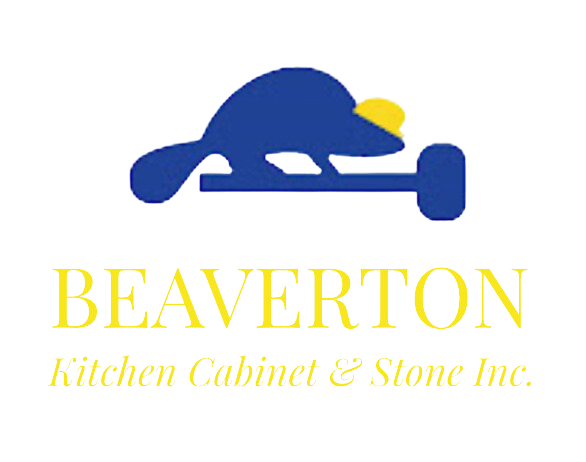2cm vs 3cm Quartz Countertops: Which Thickness is Right for You?
When shopping for quartz countertops, one of the first decisions you'll face is choosing between 2cm and 3cm thickness. The "cm" refers to centimeters – a measurement of how thick the quartz slab is. To put this in perspective, 2cm equals about 3/4 inch, while 3cm equals roughly 1 1/4 inches.
The Reality: They're More Similar Than You Think
Here's what many people don't realize – the quartz material itself is identical in both thicknesses. The durability, stain resistance, and performance characteristics are exactly the same because you're getting the same engineered stone product.
2cm Quartz: The Smart Choice
Pros:
Significant cost savings – Typically 20-30% less expensive than 3cm
Same material quality – Identical quartz composition and performance
Professional appearance – With proper edge treatments like square edging, looks virtually identical to 3cm
Much lighter weight – Significantly easier installation with less physical strain on contractors and installers
Less stress on cabinets – Lighter load reduces structural requirements
Equal durability – When properly supported with plywood underlayment, performs just as well
Considerations:
Requires plywood backing – Professional installation includes proper support system
Professional installation essential – Needs experienced fabricators who understand proper support techniques
3cm Quartz: When You Need It
Pros:
No backing required – Can be installed directly on cabinets
Slightly more forgiving installation – Less precision required for support
Required for specific dramatic designs – Several stunning looks can only be achieved with 3cm thickness:
Waterfall edges – Full cascading countertop from horizontal surface down to the floor
Thick mitered edges – Creating the appearance of 2.5" to 4"+ thick countertops
Full ogee edge profiles – Elaborate curved S-shaped edges with multiple layers
Cove ogee over ogee – The most ornate, formal edge profile available
Large overhangs without support – Islands with 12"+ overhangs for seating
Dramatic thickness contrasts – When combining different edge thicknesses for visual impact
Traditional preference – Some customers prefer the "standard" thickness
Cons:
Higher cost – More expensive with no performance advantage for standard installations
Much heavier weight – Significantly more difficult for contractors to handle and install, creating more physical strain during fabrication and installation
May require cabinet reinforcement – Extra weight can stress cabinetry
Same end result – For standard countertops, final appearance is nearly indistinguishable from properly installed 2cm
Key Factors to Consider
Budget: 2cm delivers identical performance and appearance at a significantly lower cost.
Installation quality: With professional fabrication and proper plywood support, 2cm performs identically to 3cm.
Visual appearance: Square edge profiles on 2cm create a substantial look that's virtually indistinguishable from 3cm.
Long-term value: Since the material is identical, 2cm offers better value for the same end result in standard applications.
Design requirements: For dramatic design elements like waterfall edges (cascading to the floor), thick mitered edges (2.5"+ appearance), elaborate ogee profiles, or large unsupported overhangs, 3cm thickness is required – 2cm simply cannot achieve these specific architectural features.
The Bottom Line
The quartz material itself is identical in both thicknesses – same durability, same stain resistance, same performance. With proper professional installation and plywood underlayment support, 2cm quartz delivers the exact same functionality and appearance as 3cm at a significantly lower cost.
Most customers are surprised to learn they can't tell the difference once installed, especially with square edge treatments that create a substantial, premium appearance. For savvy homeowners, 2cm represents smart value engineering without any compromise in quality or looks.

